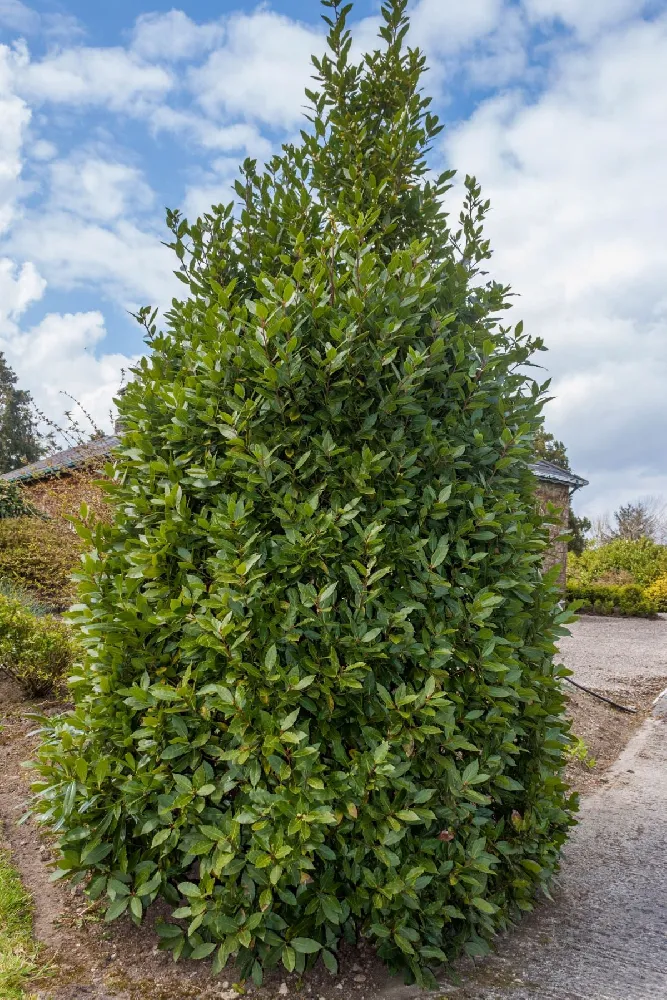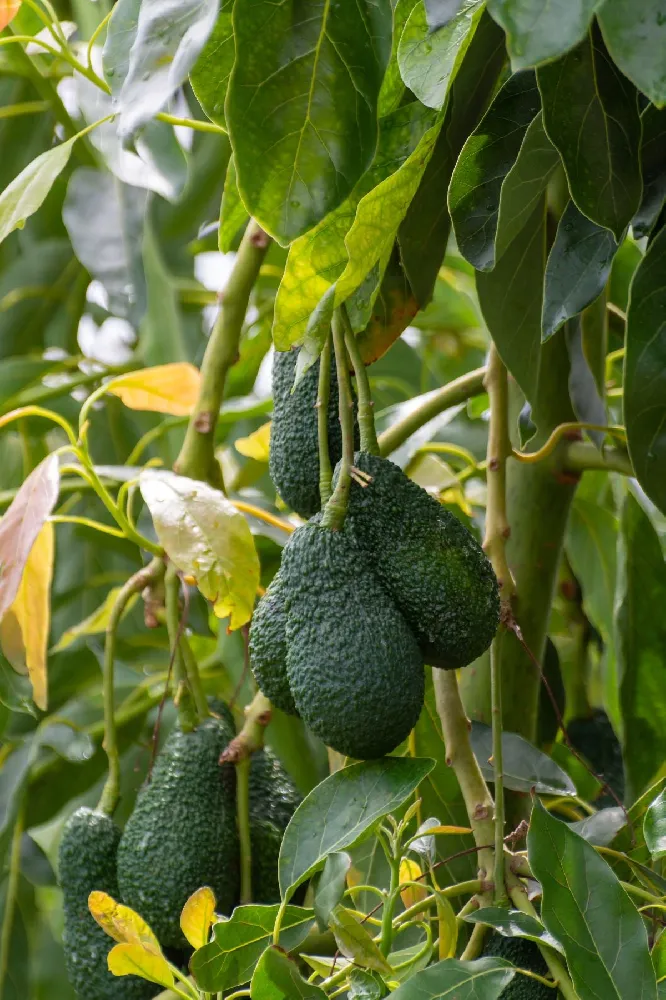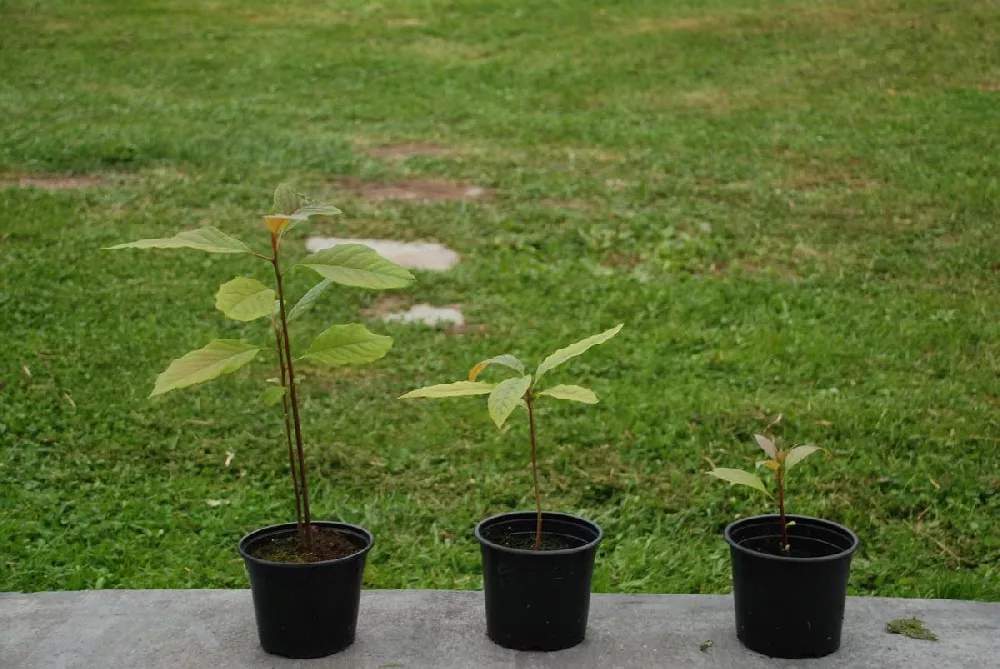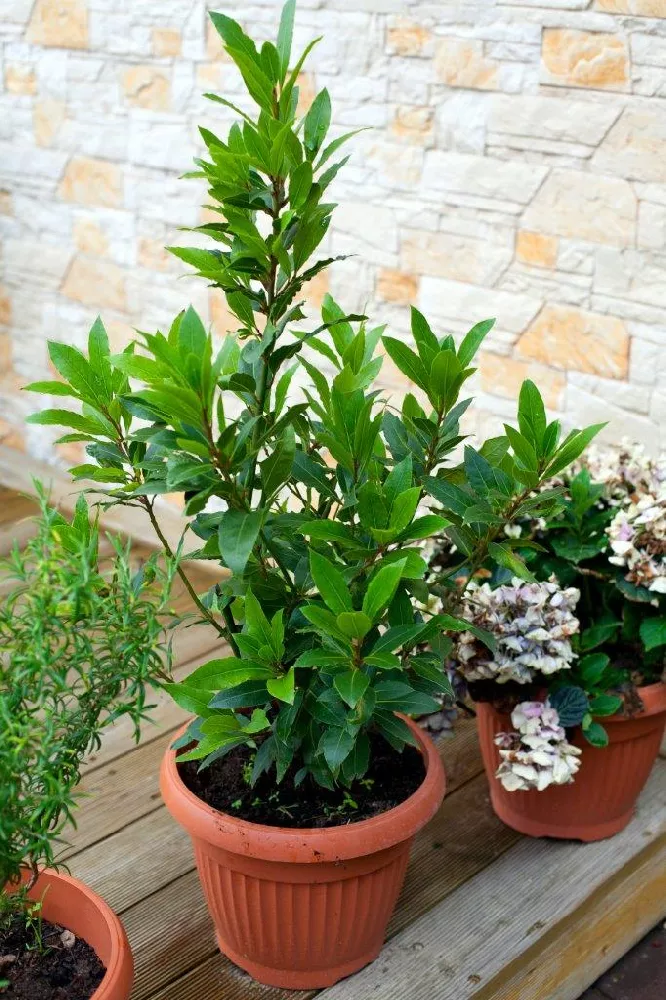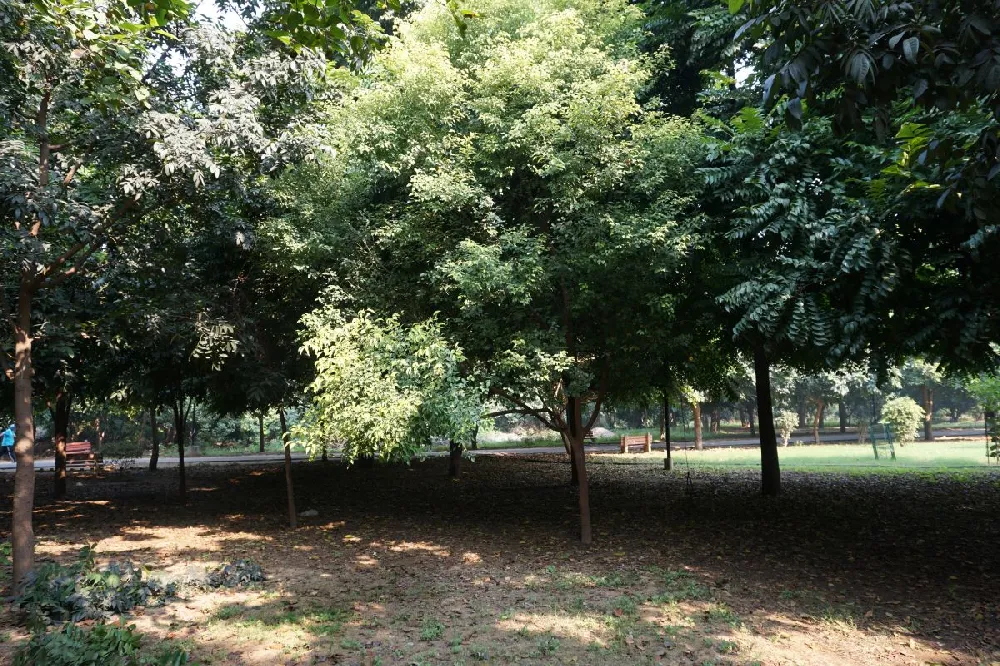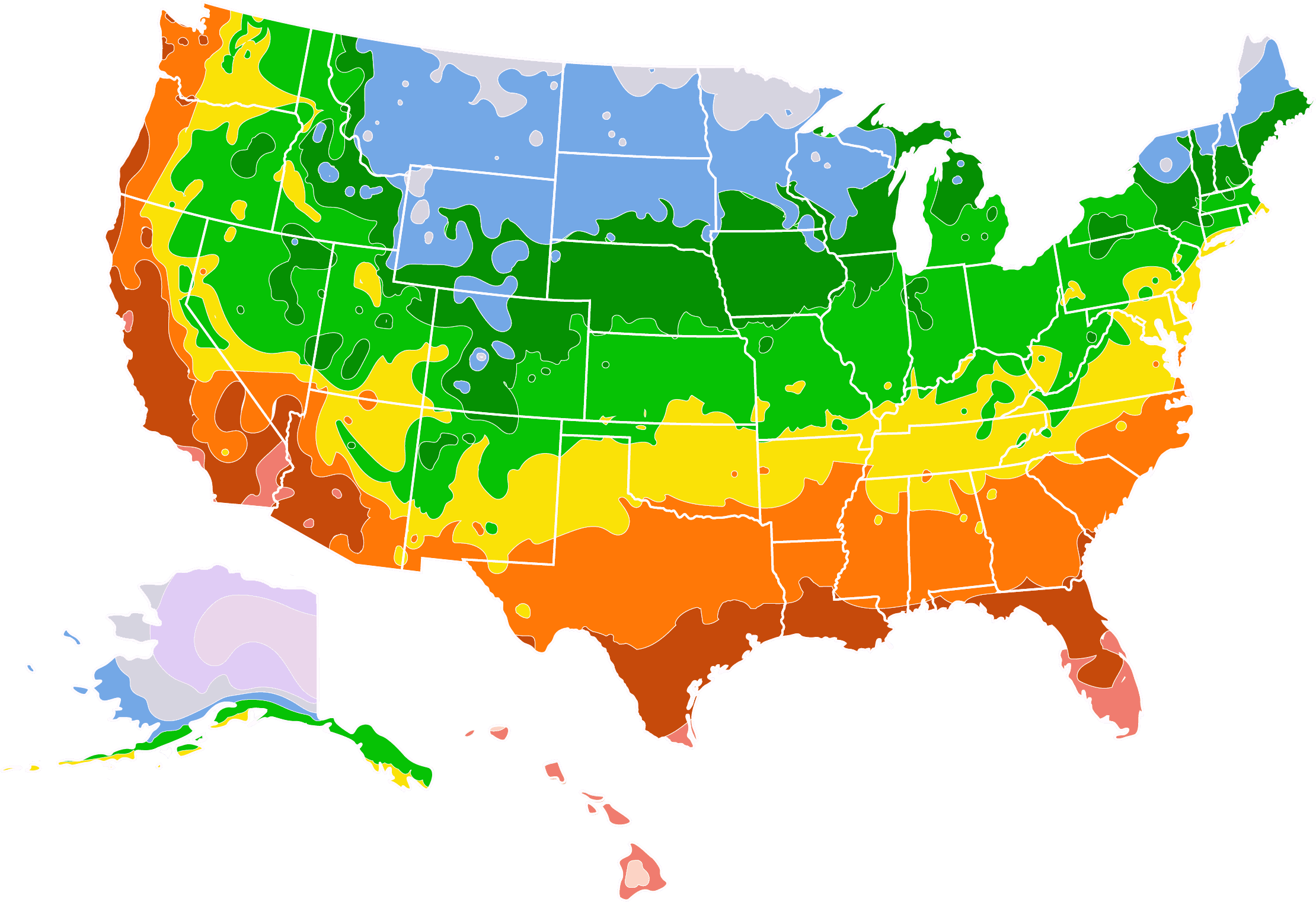- Home >
- Evergreen Trees >
- Cinnamon Trees
Cinnamon Trees for Sale - Buying & Growing Guide
- Ships in 1-2 days
- 1-Year Warranty Eligible
- Pots or accessories are not included unless specified in the product options.
Shipping Details:
Once your order is shipped, you’ll receive an email with a tracking number and estimated delivery date. Most orders ship immediately, but some items are seasonal and may only ship in spring or fall. These products are noted on the website.
Native to Sri Lanka, Cinnamomum zeylanicum is the tree that produces true cinnamon. The tree produces a cinnamon-scented fruit, but it is the bark of this tropical treasure that is of value. These small evergreens are responsible for one of the world’s most widely-recognized spices. Read on to learn why you should try growing a cinnamon tree in your yard.
- Cinnamon trees often reach heights of 30 feet or more.
- Pinkish-green leaves and purple fruit add to the beauty of cinnamon trees.
- Cinnamon bark and oil are non-toxic to cats, dogs, horses, and humans.
Plant Care
Sunlight

While cinnamon trees prefer full sun, they also grow well in partial shade.
Watering
Young outdoor trees should be watered twice per week during dry periods. Indoors, they should be watered whenever the soil feels dry one inch below the surface.
Fertilizing

8-3-9 fertilizer works well with cinnamon trees.
Planting and Care
Planting instructions
Cinnamon trees can overcome an occasional freeze down to 32 degrees Fahrenheit but prefer the heat. Eighty degrees Fahrenheit and above with humidity of 50% or more provide the best growing conditions. The trees prefer full sun but still do well in a shaded area. During the cooler months of fall, find a sunny spot with rich, well-drained soil. A loam or sandy soil is best as clay or hardpan soils can eventually kill your cinnamon tree by rotting the roots. Adding rich compost can help provide your cinnamon trees with this vital food source. It also helps to amend your soil with peat moss and perlite to aid in moisture retention and drainage. Choose a sunny location that is at least 10 feet away from any other plants, trees, or obstructions. Dig the hole slightly larger than your tree’s root ball. Place some of your newly amended soil and fertilizer in the hole and set the tree down into it. Backfill the hole and tamp the soil down. Water the tree deeply and place a medium layer of mulch around the edges of the hole. Carefully avoid touching the tree’s trunk with the mulch. Keep the soil moist with regular watering until the tree is established.
Watering and nutrients
Your cinnamon tree will appreciate watering that mimics the jungle’s regular rainfall. The use of an irrigation system can help. Using mulch can also aid in keeping the soil moist and the roots cool. Once established, cinnamon trees are no heavy feeders. Adding a scoop of a timed-release fertilizer to the planting hole can help your tree get a good start. It is unlikely that you will need to feed the tree again.
Pollination
“Cinnamomum zeylanicum” is an open-pollinated variety of cinnamon trees. This means that bees, birds, and other insects will pollinate it for you. The small star-shaped flowers arrive in the spring and turn into dark-colored fruit.
Pruning
Cinnamon trees do not require a lot of pruning. Prune branches to maintain your tree’s symmetrical shape and desired size. Remove damaged branches or those crossing and rubbing others. Prune container-grown trees to manage their height and diameter.
Pests and diseases
Mealybugs are a common enemy of Cinnamon trees, but treatment with neem oil will usually eliminate them. Leafminers can also cause trouble with leaf drop — hiring a certified arborist to apply chemical pesticides will help you get rid of them. Root problems and fungal diseases can gain a foothold when the plant experiences extended low temperatures near 30 degrees Fahrenheit. Other causes of root damage are overwatering and the overuse of plant fertilizer.
Harvesting
Cinnamon trees are ready to harvest for the first time in three years. You can cut off individual branches or take the entire tree off at the trunk. It is common for planted trees to produce new shoots that grow into new trees. Commercial growers do this drastic pruning to create new thickets of trees. The curling inner bark is your target. It is reached by scraping the outer bark away from the yellowish-orange inner layer below, which is the cinnamon. Using a sharp knife, peel the cinnamon away in layers. Allow about a week for drying, then the strips will begin curling into the cinnamon “sticks” you are used to seeing.
FAQs
What is the difference between Cassia and Ceylon cinnamons?
It is hard to tell them apart once they have been ground. But there are differences in the appearance, aroma, and flavors of these two cinnamons. Cassia comes from China’s “Cinnamomum cassia” tree. It is a darker brown hollow tube that is harder and thicker than the thin and solid cigar-like shape of Ceylon. The aroma of the Cassia is more robust, but the flavor is not. The Ceylon’s pleasant aroma is both delicate and sweet, along with the taste.
Can I grow a cinnamon tree in a pot?
Yes, these trees do pretty well in containers. Container growing is a good option for areas with inferior soil. It is also helpful in cooler climates as the potted trees can move into a winter shelter. Prune container-grown trees to a manageable height of eight to 10 feet. Keeping your tree slightly root-bound is another way to maintain a smaller tree. It is best to use a more acidic potting soil, such as those designed for African violets. Good drainage is a high priority, as is a regular source of sunlight.
How do I make new cinnamon trees?
Propagate cinnamon trees by using stem cuttings. Take a fresh cutting from your established tree and strip off all the leaves but a few near the top. Use a rich, moist potting soil and plant the cutting in a small pot. Place the pot in a warm window that receives partial sunlight. Keep the soil moist and be patient. Cuttings can take several months before they are ready to move outside. It is also possible to grow new cinnamon trees from seed.
What parts of the cinnamon tree can I eat?
The bark is the only part of the tree considered edible. Birds enjoy the flowers and berries, but they are not recommended for humans. Use cinnamon leaves in some baking and cooking dishes but remove them before serving the dish. The leaves are also boiled for use in tea and then discarded.




